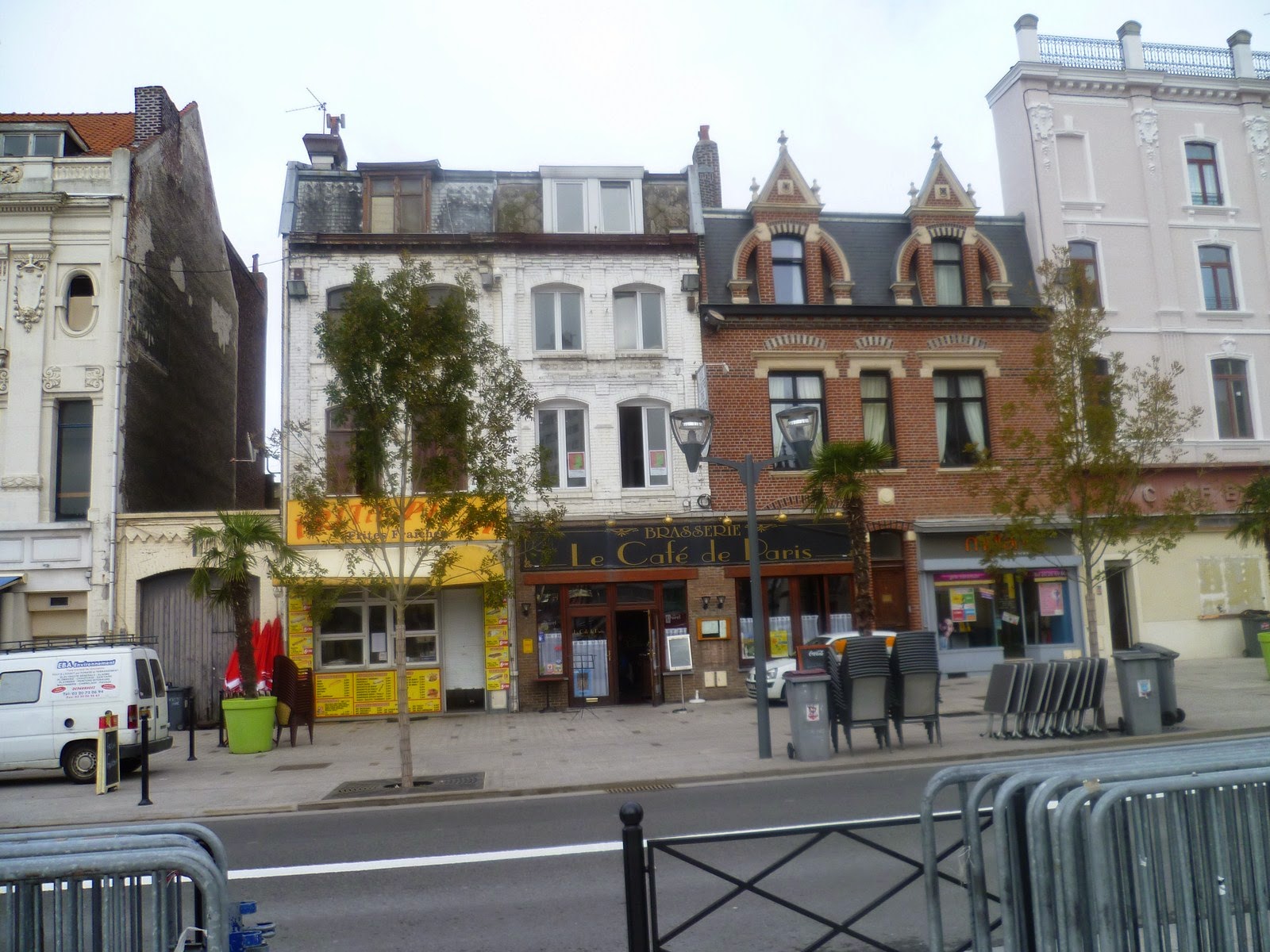Tourcoing
aparece en la historia al mismo tiempo que Lille, formando parte de sus
dominios, dentro del Condado de Flandes, allá por el siglo XI. En 1304 pasa a
ser dominio real. Durante la Guerra de los Cien años, la ciudad sufre el asedio
a Tounai, siendo quemada, asaltada y saqueada. A partir de 1346 el señorío de
la ciudad se divide en dos, al existir varios candidatos. Al final del siglo
siguiente la ciudad pasa a manos del Emperador alemán, y posteriormente a la
Corona española. En 1668 pasa definitivamente a la Corona francesa. En 1790 el
Flandes francés pasa a ser el Departamento del Norte. Tourcoing ve la primera
victoria de las armas de la Convención en 1794, expulsando a los invasores. En
1814 – 1815 es invadida por los sajones, que se condujeron de modo irreprochable
y se propiciaron matrimonios entre estas tropas y mujeres de la localidad. A
partir de 1820 la introducción de la máquina de tejer impulsa el textil en la
zona, convirtiendo el Norte en zona industrializada y viendo nacer el comienzo
de la clase obrera del siglo XIX.
Tourcoing appears in history while Lille as part of their domains, within the County of Flanders, back in the eleventh century. In 1304 becomes royal domain. During the Hundred Years War, the city suffers the siege of Tounai, being burned, broken into and ransacked. From 1346 the lordship of the city is divided into two, as there were several candidates. At the end of the next century the city passed into the hands of the German Emperor, and later to the Spanish Crown. In 1668 finally passed to the French Crown. In 1790 French Flanders becomes the Northern Department. Tourcoing see the first victory of the Army of the Convention in 1794, expelling the invaders. In 1814 - 1815 it was invaded by the Saxons, who led in irreproachable manners and made marriages between these troops and local women. In 1820 the introduction of the weaving machine drives the textile area, turning north at birth industrialized area and seeing the beginning of the nineteenth century working class.




